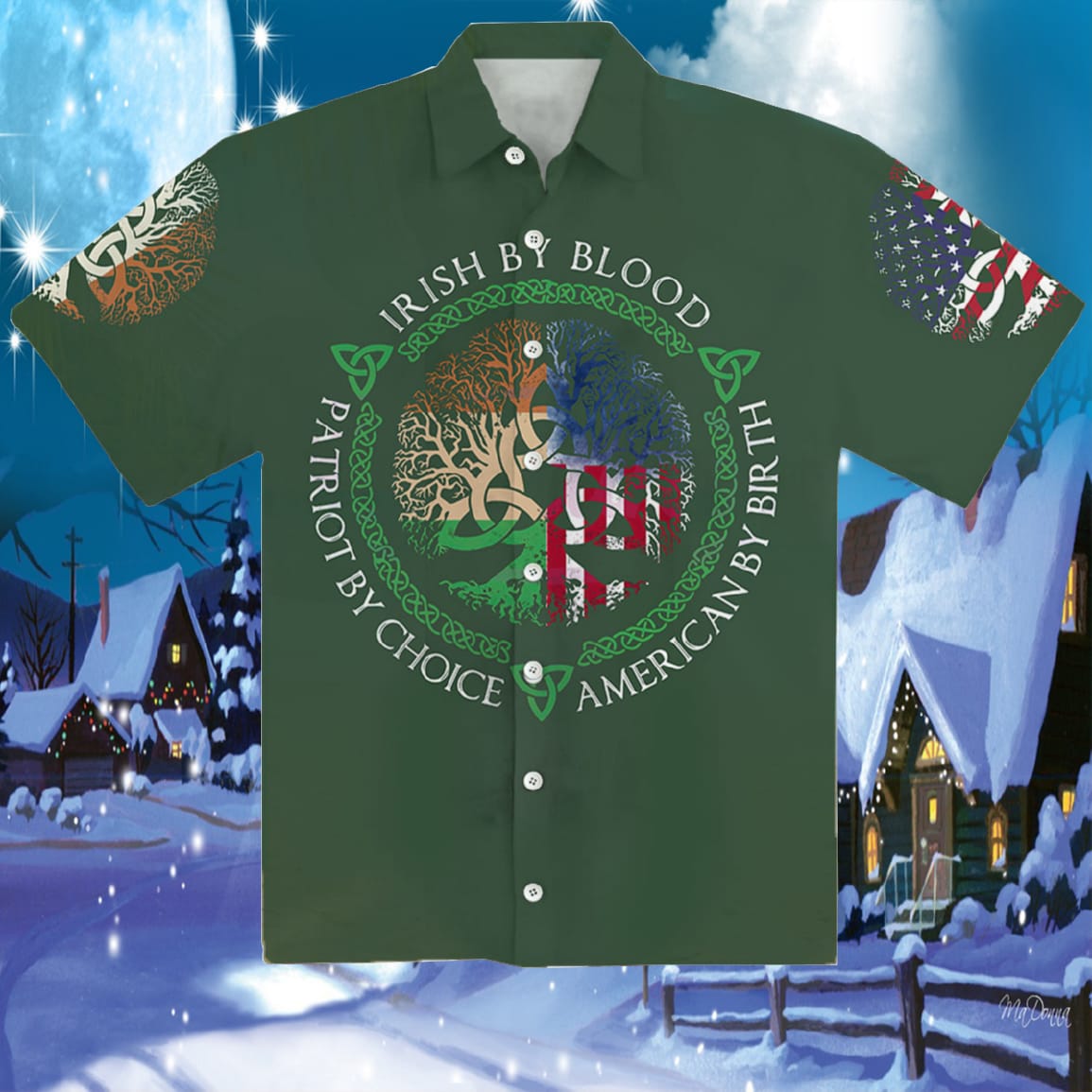St. Patrick’s Day is a global celebration of Irish culture that takes place annually on March 17, the anniversary of the patron saint of Ireland's death in the fifth century. The holiday has Saint Patrick’s Day, feast day (March 17) of St. Patrick, patron saint of Ireland. People of that country celebrate the day with religious services and feasts, but Saint Patrick’s Day has transformed into a largely secular holiday of revelry in other parts of the world. Happy St. Patrick's Day Quotes and Messages; Because St. Patrick’s Day falls during Lent, it became a day for Christians to take a break from the abstinence practiced during the weeks leading up to Easter. By the 1700s, the holiday had started to take a decidedly more festive turn than its founders had intended. St. Patrick’s Day, the feast day of the patron saint of Ireland, falls on March 17 every year. The day commemorates St. Patrick, who is believed to have died on March 17 around 460 A.D St. Patrick’s Day has come a long way from its humble beginnings as a religious feast in honor of Ireland’s patron saint. While its roots remain deeply tied to Irish heritage and Christianity, the holiday has evolved into a worldwide celebration of Irish culture, bringing together millions of people in different parts of the world. The correct abbreviation for Saint Patrick's Day is "St. Paddy's Day," not "St. Patty's Day." The first St. Patrick's Day parade in the United States took place in St. Augustine, Florida, in 1601 Across the pond, March 17 is a holy day of obligation for Irish Catholics, typically observed by attending mass in the morning. Of course, there's still room for typical St. Patrick's Day festivities—like dancing, drinking, and eating traditional Irish food—after church services conclude! Why Do We Wear Green on St. Patrick's Day? St. Patrick’s Day is not only a day to celebrate the life of St. Patrick but also an opportunity to embrace Irish culture and communal identity. As Irish immigrants began to populate other countries, especially in the United States, St. Patrick’s Day evolved into a broader celebration that transcends borders. On March 17, we’ll don our green shirts and shamrock socks to celebrate St. Patrick’s Day. The holiday has been celebrated in some form for centuries. It started as a casual recognition of St. Patrick’s death around the fifth century then became an official feast day in the Catholic Church in the 17th century, according to Time. Green is the color of St. Patrick’s Day, but why? According to some scholars, the color green only became associated with Ireland and St. Patrick’s Day during the Irish Rebellion in 1798. ‘There will be no fast or abstinence on the Sundays of Lent, or on St. Patrick's Day. Meat is allowed at dinner on all week-days except Ash Wednesday, Spy Wednesday , Fridays, and Ember Saturday The celebration of St. Patrick’s Day and the reverence for St. Patrick himself will continue to be cherished by Irish communities and those who appreciate Irish heritage. His life and teachings serve as an inspiration for people of all backgrounds to embrace their faith, strive for righteousness, and foster cultural pride. In celebration of Irish culture, people worldwide come together to mark St. Patrick’s Day on March 17. St. Patrick’s Day, sometimes also known as the Feast of St. Patrick, is the anniversary of the death of St. Patrick, a patron saint of Ireland. It is one of many days and feasts named after Catholic saints over the years. This article uncovers the origins of these customs and examines how drinking became a hallmark of this cherished holiday. You May Also Like: Best St. Patrick’s Day Drinks Best St. Patrick's Day Party Ideas The Origins of St. Patrick's Day St. Patrick’s Day, celebrated on March 17th, marks the death of Saint Patrick, the patron saint of Ireland. St. Patrick's Day will be celebrated on Monday, March 17 in 2025. St. Patrick's Day stems from the patron saint of Ireland, who is believed to have advanced Christianity there. St. Patrick's Day's spiritual meaning is rooted in Christianity. At its core, St. Patrick's Day is a religious holiday celebrated by Catholic, Lutheran, Anglican, and Eastern Orthodox Christians.. The man who inspired the holiday, Saint Patrick, is best known for bringing Christianity to Ireland in the 5th century. The first St. Patrick’s Day parade was held in the U.S. The first recorded parade on the Catholic Feast Day of St. Patrick was held on March 17, 1601, in a Spanish colony in modern-day St St. Patrick’s Day represents far more than just the luck of the Irish — there's a spiritual meaning behind St. Patrick’s Day that devout Irish Catholics observe every March 17. Here's what to know about why we celebrate St. Patrick's Day and how the holiday has come to be. Related Story. Our Favorite St. Patrick's Day Party Decorations Life of St. Patrick Birth and Early Life. St. Patrick, the patron saint of Ireland, was born in the late 4th century. While the exact date and location of his birth are still debated, it is widely believed that he was born in Roman Britain, which included present-day England, Scotland, and Wales. St. Patrick’s Day represents far more than just the luck of the Irish — there's a spiritual meaning behind St. Patrick’s Day that devout Irish Catholics observe every March 17.
Articles and news, personal stories, interviews with experts.
Photos from events, contest for the best costume, videos from master classes.
 |  |
 |  |
 |  |
 | |
 |  |
 |  |